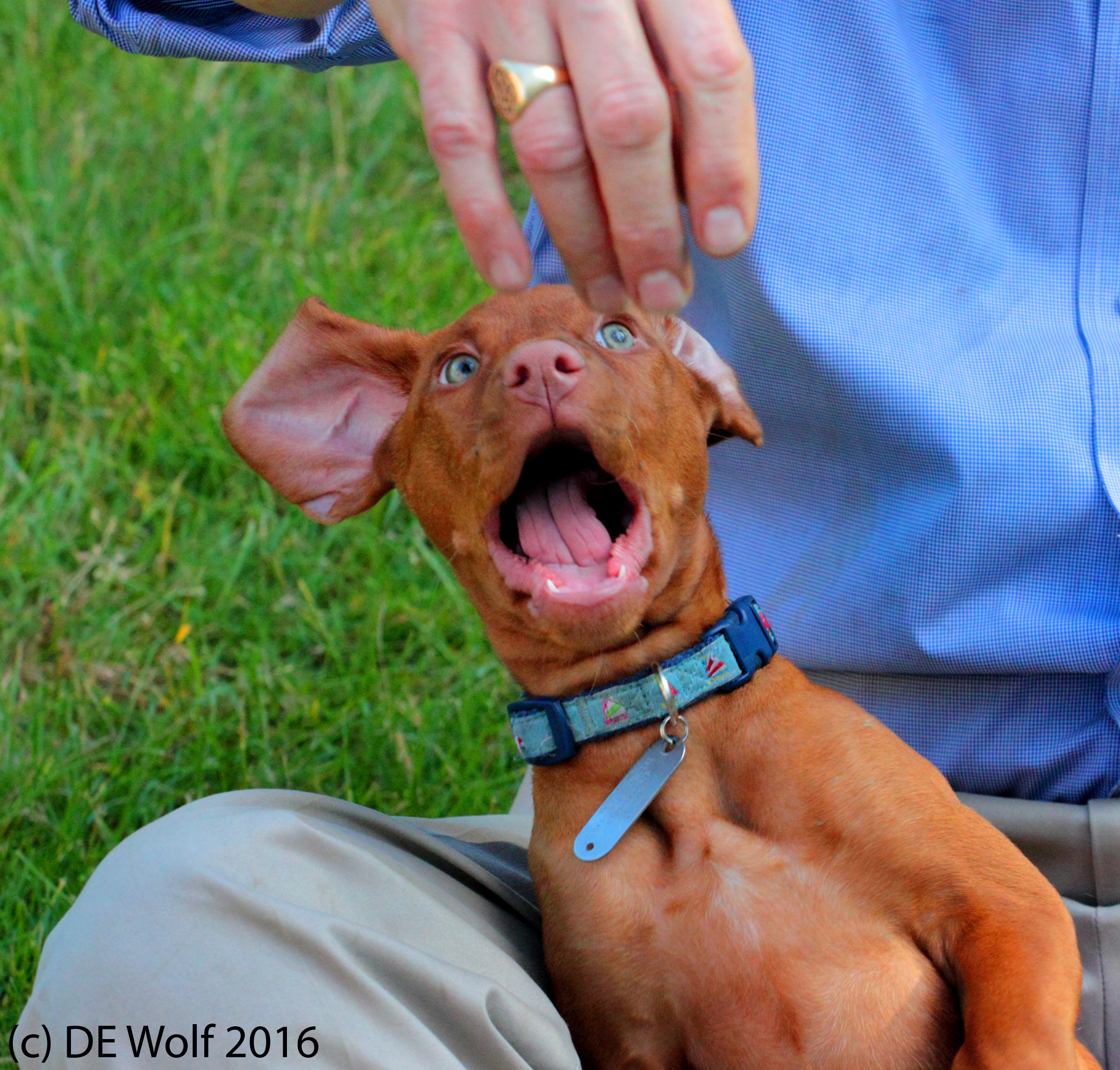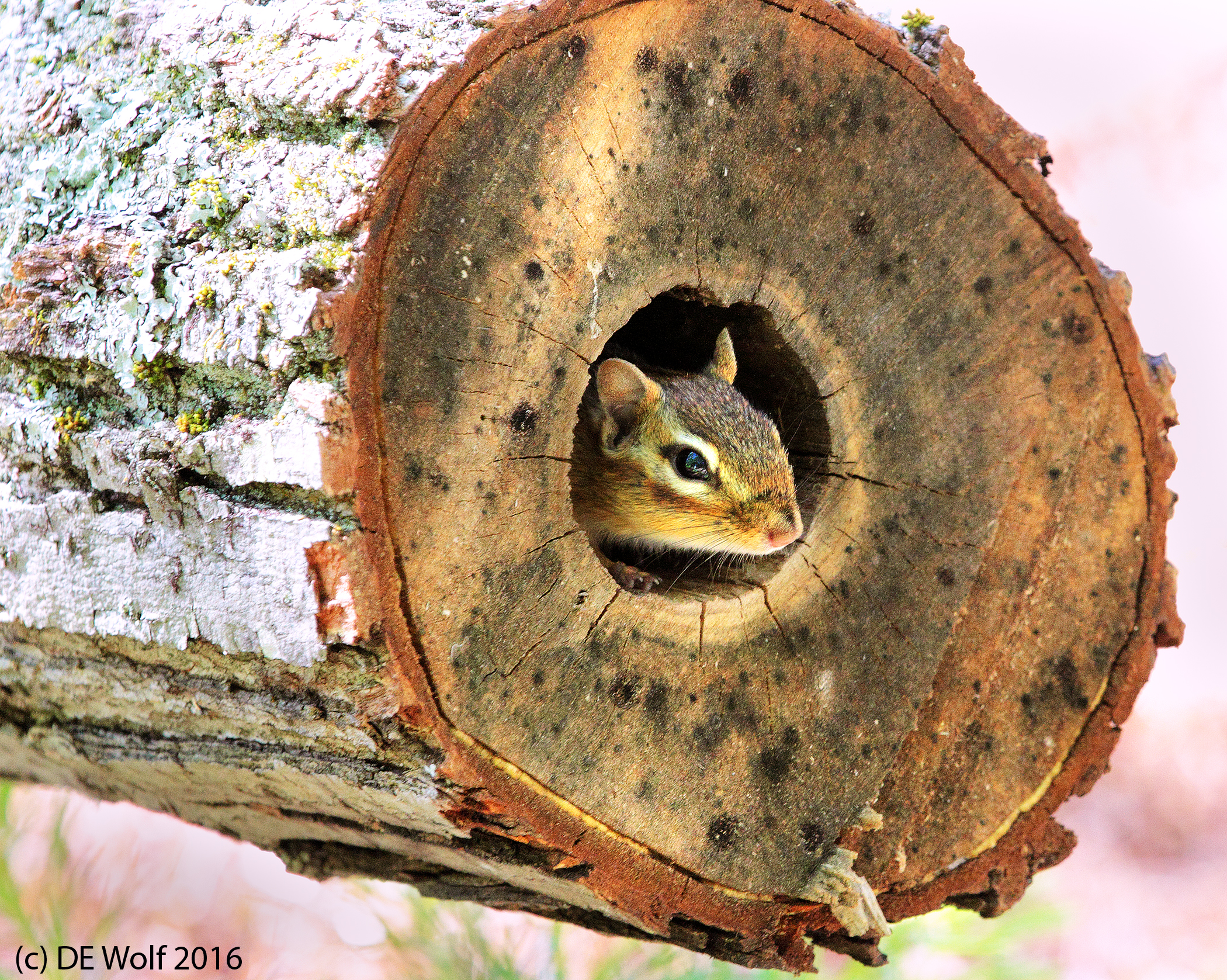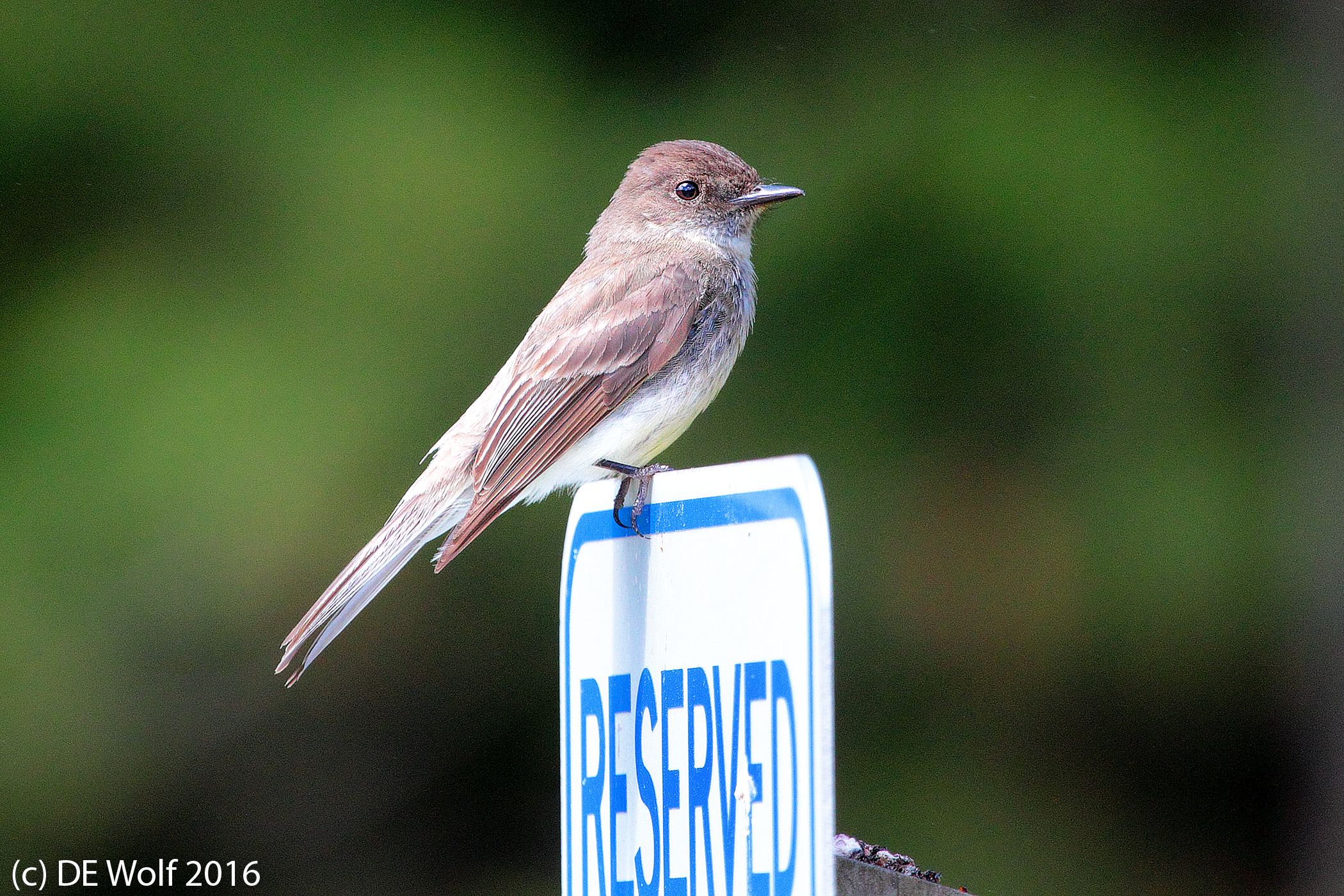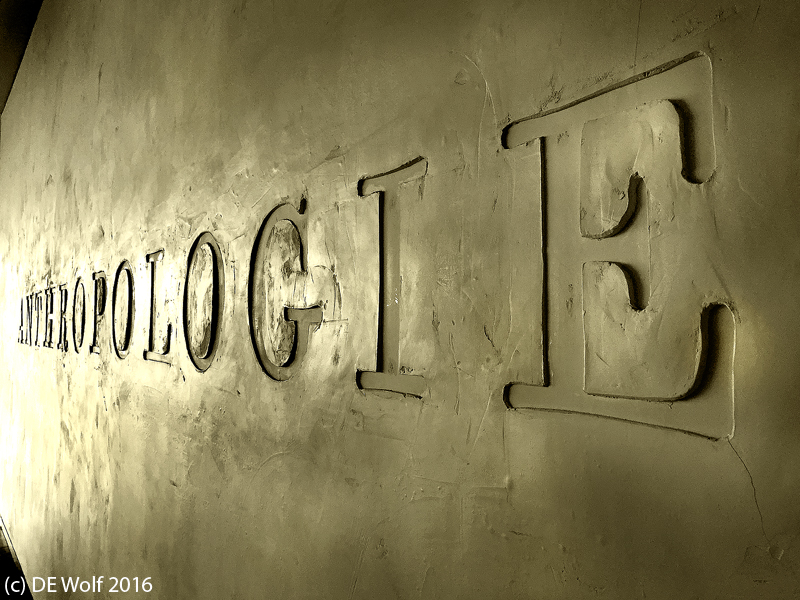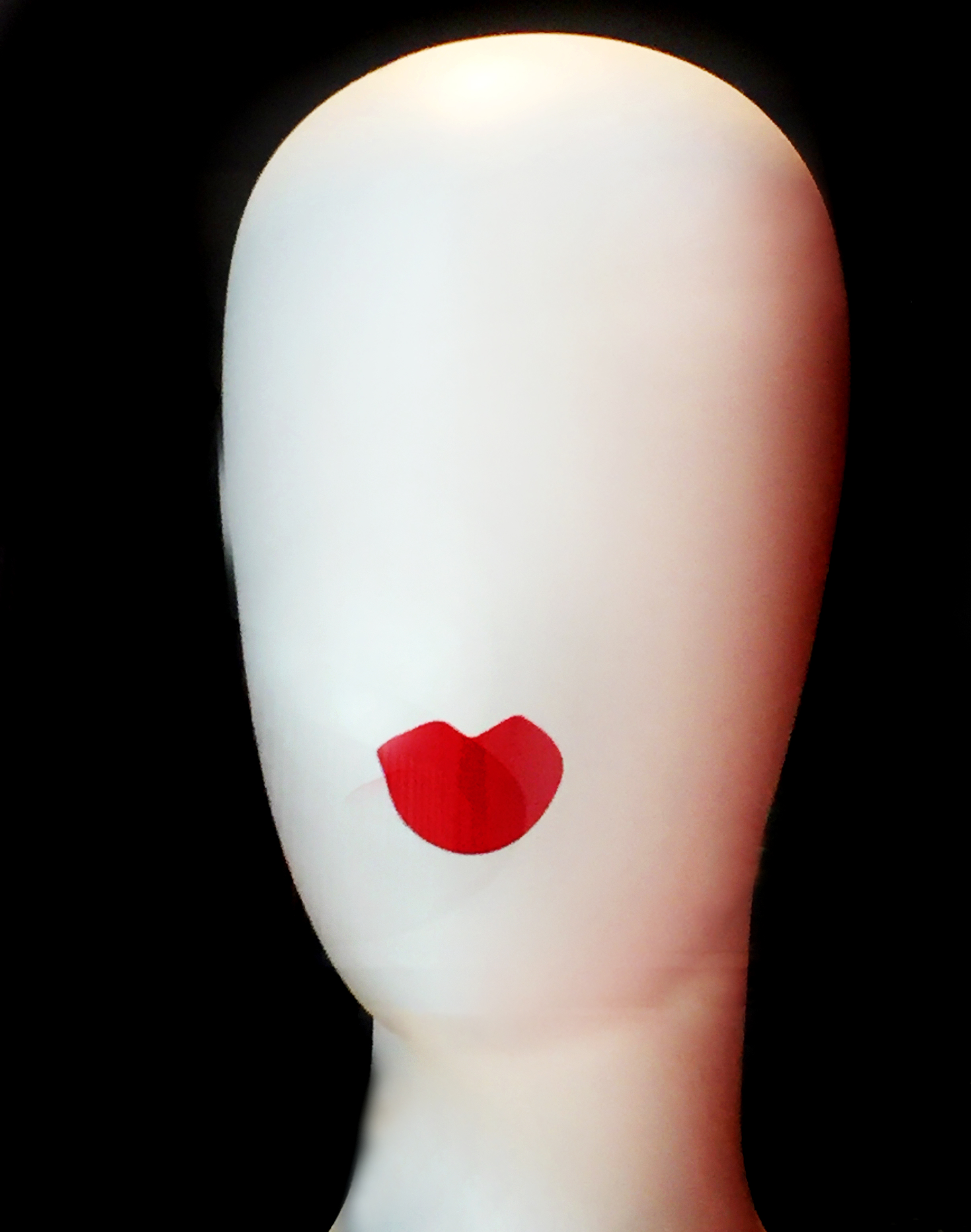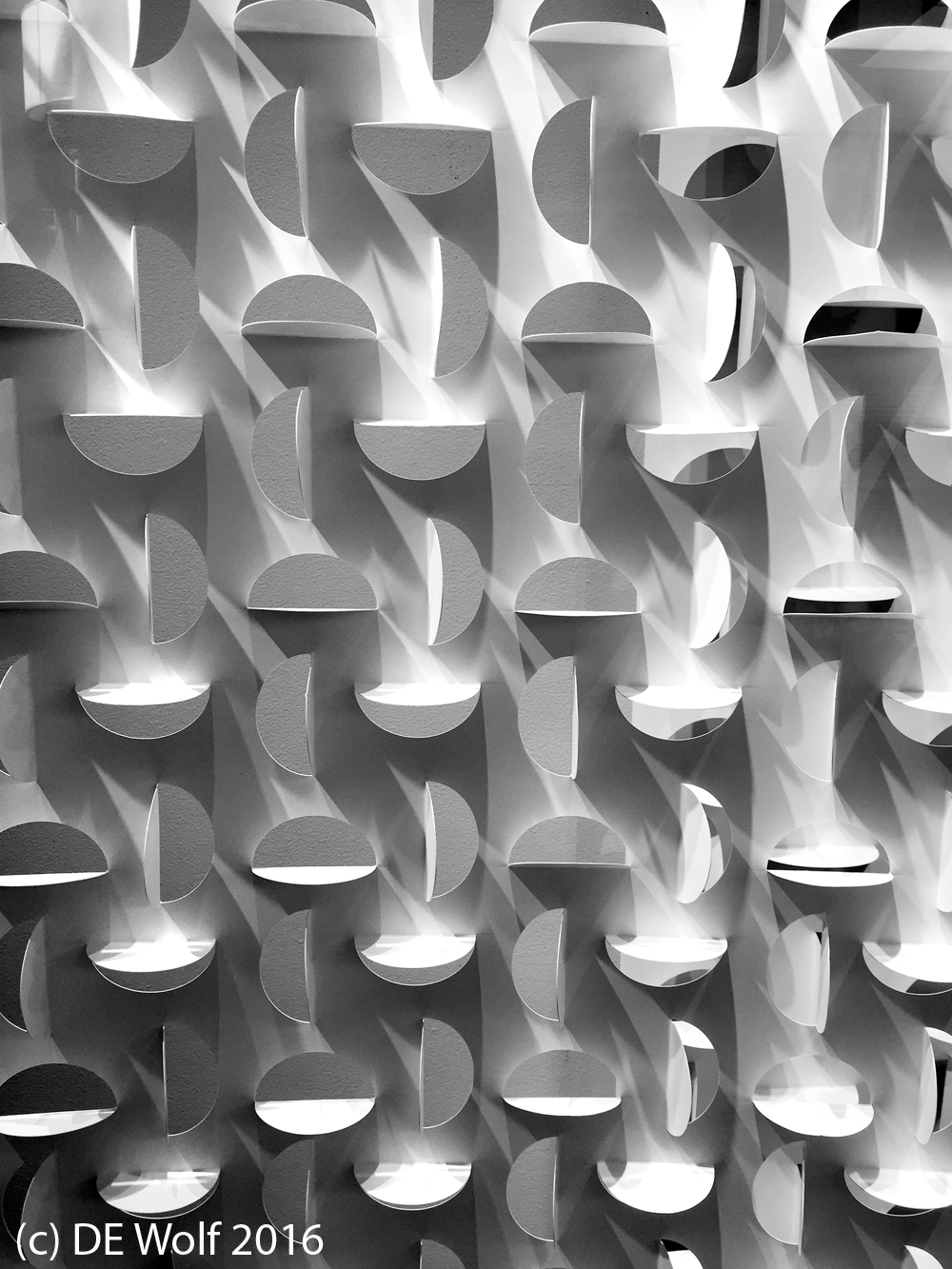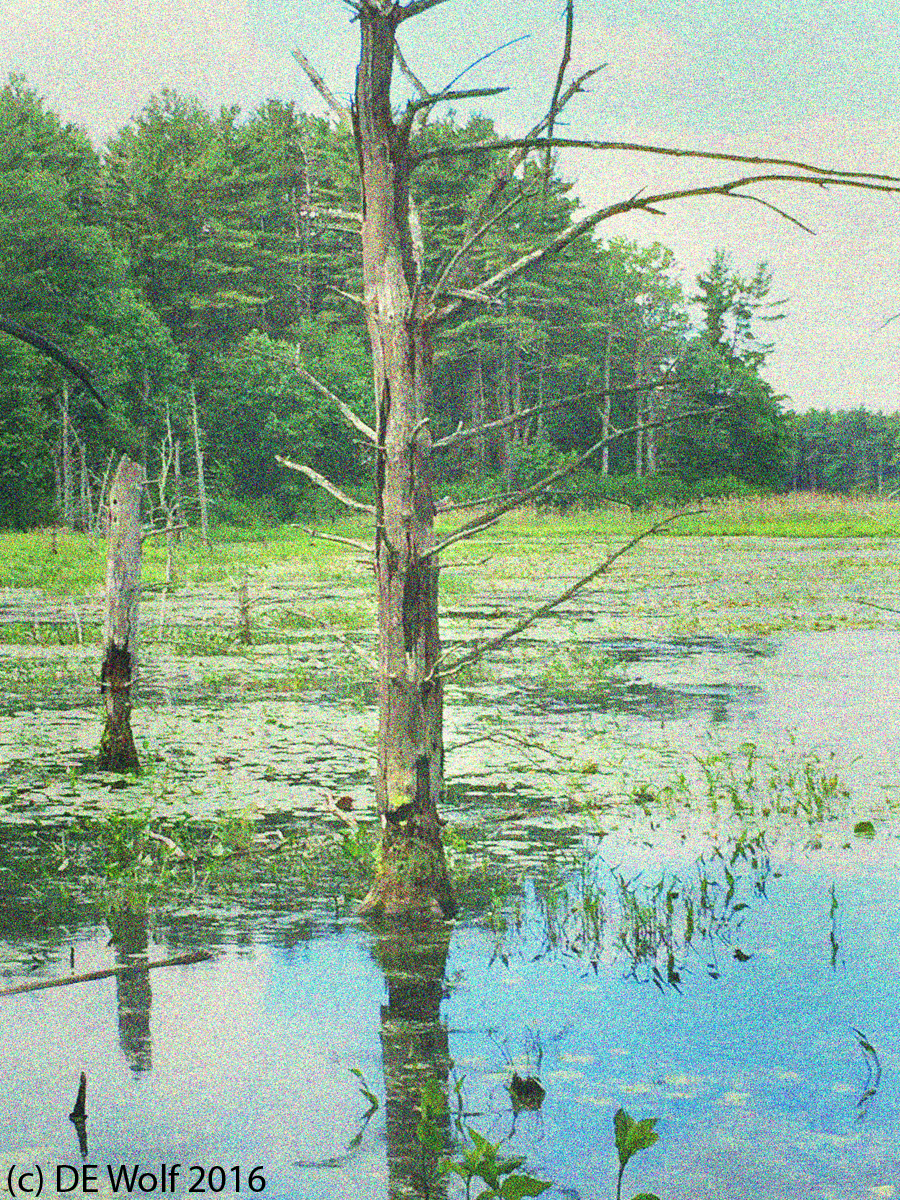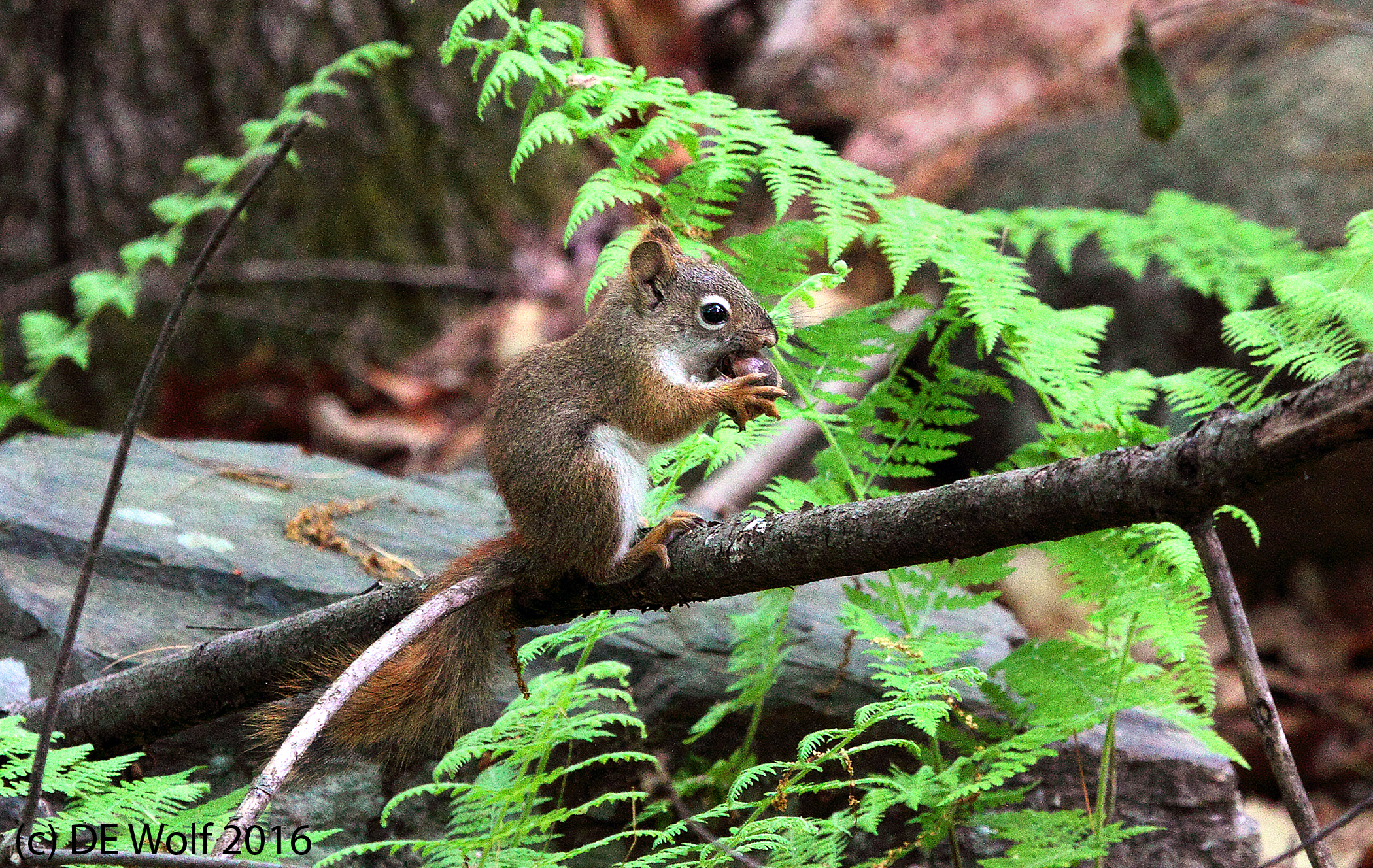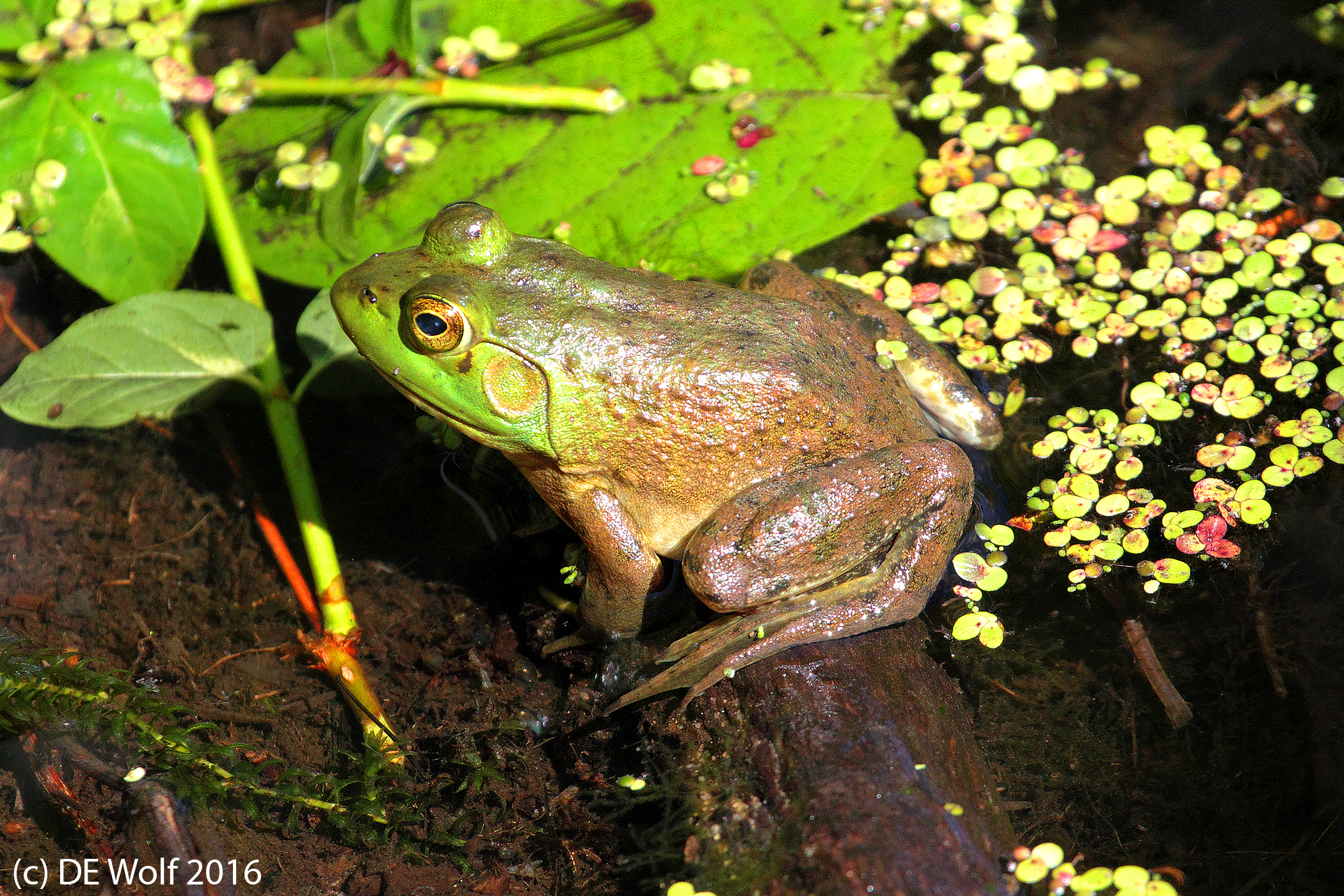
Figure 1 – American bullfrog, Assabet River National Wildlife Refuge, June 17, 2016. (c) DE Wolf 2016.
Hmm. To a large extent nature photography tends to be a matter of you never know what you are going to capture. Today I went down along the water’s edge and stood quite still in hopes of seeing some of the frogs that have been serenading in a bass voice. As Figure 1 attests I was not disappointed. So there I am with my big lens at 400 mm shooting a macro-subject perhaps six feet away from me. It was very successful in terms of sharpness and background. The lens performs amazingly well under these circumstances. Frogs are about as wary as any creature in the woods. Also i do have to point out that with macro-photography it is way better to get down with the subject and shoot a portrait into its face. But there was no way that this frog was going to put up with this kind of familiarity. And indeed, as soon as I looked away to adjust the camera he left into the water and retreated beneath the surface. “It is not easy being green.”
Canon T2i with EF100-400mm f/4.5-5.6L IS USM lens at 400mm, ISO 1600, Aperture Priority AE Mode, 1/2000th sec at f/7.1 with no exposure compensation.

